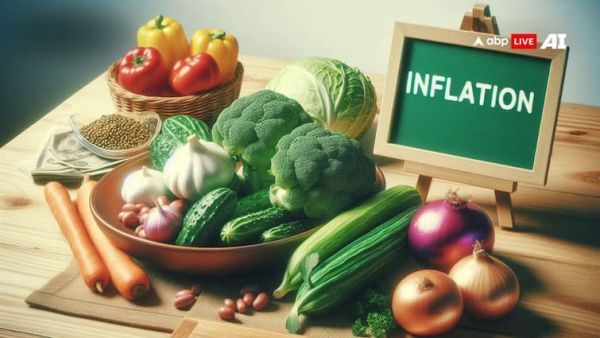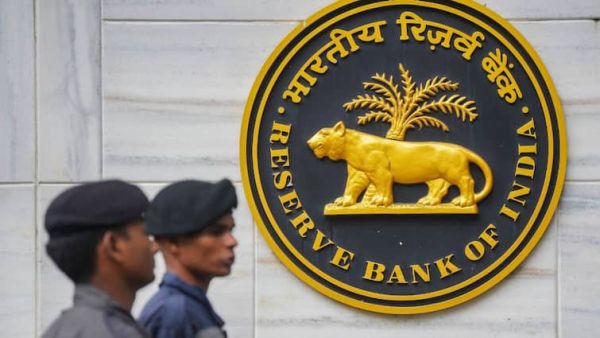Reserve Bank of India (RBI) Governor Sanjay Malhotra on Wednesday clarified that the Unified Payments Interface (UPI), though free for users, comes with a cost and someone in the system must absorb it. His comments follow reports of some private sector banks beginning to levy a fee of 2 basis points on payment aggregators for processing UPI transactions.
“There are costs, and these costs have to be paid by someone,” Malhotra said. “Who pays is important, but not as important as the fact that someone must foot the bill. For the sake of sustainability, whether collectively or individually, someone has to pay for it.”
Malhotra also addressed recent public speculation around his earlier comments on UPI pricing, clarifying that he never implied users would be charged directly for UPI transactions.
“I never said UPI cannot remain free forever. My point was that it is not entirely free even now — the government is subsidising it. The real question is: who pays? I never said users will have to pay,” he said. “What I did mention is that the government’s policy has been instrumental in expanding the use of UPI.”
As per a recent ET report, a reduction in government incentives for small-value UPI transactions at merchant outlets is prompting banks to reconsider the economics of offering UPI services.
The finance ministry has slashed the incentive from 0.25% per transaction last year to 0.15% this year. The cut also reflects a sharp drop in the government’s budgetary allocation for digital payments incentives — down to Rs 1,500 crore for FY25 from Rs 3,500 crore in the previous year. This has added further pressure on banks to cover the operational costs of maintaining UPI infrastructure, potentially opening the door to more widespread charges in the future.
UPI transactions saw a slight decline in June, falling 1.5% to 18.4 billion, compared to a record 18.68 billion transactions in May, NPCI data showed. The total transaction value also dropped 4% to Rs 24.04 trillion, from Rs 25.14 trillion the previous month.
Despite the monthly dip, UPI usage remained robust on a year-on-year basis. Transaction volumes rose 32%, while the value of transactions increased by 20% compared to June last year.
Interestingly, the average number of daily transactions climbed to 613 million in June from 602 million in May. However, the daily transaction value dipped slightly to Rs 80,131 crore from Rs 81,106 crore the previous month.
“There are costs, and these costs have to be paid by someone,” Malhotra said. “Who pays is important, but not as important as the fact that someone must foot the bill. For the sake of sustainability, whether collectively or individually, someone has to pay for it.”
Malhotra also addressed recent public speculation around his earlier comments on UPI pricing, clarifying that he never implied users would be charged directly for UPI transactions.
“I never said UPI cannot remain free forever. My point was that it is not entirely free even now — the government is subsidising it. The real question is: who pays? I never said users will have to pay,” he said. “What I did mention is that the government’s policy has been instrumental in expanding the use of UPI.”
As per a recent ET report, a reduction in government incentives for small-value UPI transactions at merchant outlets is prompting banks to reconsider the economics of offering UPI services.
The finance ministry has slashed the incentive from 0.25% per transaction last year to 0.15% this year. The cut also reflects a sharp drop in the government’s budgetary allocation for digital payments incentives — down to Rs 1,500 crore for FY25 from Rs 3,500 crore in the previous year. This has added further pressure on banks to cover the operational costs of maintaining UPI infrastructure, potentially opening the door to more widespread charges in the future.
UPI transactions saw a slight decline in June, falling 1.5% to 18.4 billion, compared to a record 18.68 billion transactions in May, NPCI data showed. The total transaction value also dropped 4% to Rs 24.04 trillion, from Rs 25.14 trillion the previous month.
Despite the monthly dip, UPI usage remained robust on a year-on-year basis. Transaction volumes rose 32%, while the value of transactions increased by 20% compared to June last year.
Interestingly, the average number of daily transactions climbed to 613 million in June from 602 million in May. However, the daily transaction value dipped slightly to Rs 80,131 crore from Rs 81,106 crore the previous month.





